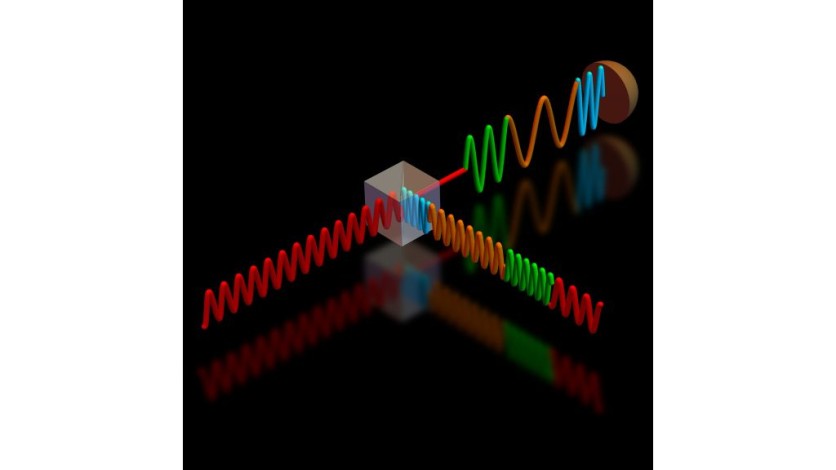Fiber optics has been the center of all modern telecommunications with its capacity for high-speed, long-distance internet that many enjoy today.
However, the continuing demand for internet traffic led researchers to find ways to maximize fiber-optic communications as they prepare for the anticipated "capacity crunch."
Fiber-Optics Technology in a Nutshell
Fiber-optics technology, as the name suggests, utilizes light signals to transmit data over long distances, allowing the data to travel at the speed of light.
Optical fibers - long, thin strands of plastics or glass arranged in bundles - is used to transmit light signals, making high-speed data transfer possible.
The discovery of this technology is hugely favored compared to conventional cable with a copper core due to the difference in the speed of data transfer and minimal loss over long distances.
However, the exponential growth in internet use had an effect in increased error-correction, pushing scientists to further improve the technology, such as "predistorting" light signals to enable data to be sent with better accuracy.
Another issue with fiber-optic communications is the random light fluctuations that causes an increase in error bit rate (EBR), which could significantly slow down data transfer.
Fiber-Optic Communications Meets Advanced Quantum-Enhanced Receiver
Scientists from the National Institute of Standards and Technology and the University of Maryland have found a way to continue using optics technology to increase network performance while significantly reducing energy consumption and EBR.
On Apr. 20, the American Institute of Physics (AIP) reported the innovation called the advanced quantum-enhanced receivers, and said how it could play a critical role in addressing the anticipated "capacity crunch."
The study, entitled "Practical quantum-enhanced receivers for classical communication," details the receivers and experiments done to prove its effectiveness.
"We studied the theory of communications and the experimental techniques of quantum receivers to come up with a practical telecommunication protocol that takes maximal advantage of the quantum measurement," said researcher Sergey Polyakov.
Polyakov explained how the study had led to the inception of a protocol that uses input signal with the least photons as possible, which maximizes the chance to minimize EBR while using less energy.

The research tackles how the conventional quantum-enhanced receiver was improved from processing two bits to four bits per pulse, increasing the capacity to distinguish input from data to noise.
To make data detection much more efficient, scientists developed a modulation method and implemented a feedback algorithm, which increases the accuracy of data transmission.
The Growing Demand for Internet
Many industries had been finding ways to address the so-called "capacity crunch" brought by the appetite for internet access, and Elon Musk's Starlink is no exception.
In 2019, Cisco forecasted that the global demand for data is growing at a steady rate of at 26%, which was brought by the increasing availability of devices that grows faster than the world population.
In addition, the demand increased further after the coronavirus pandemic forced people to stay at home and work and/or study remotely.
This article is owned by Tech Times
Written by Leigh Mercer
ⓒ 2025 TECHTIMES.com All rights reserved. Do not reproduce without permission.




